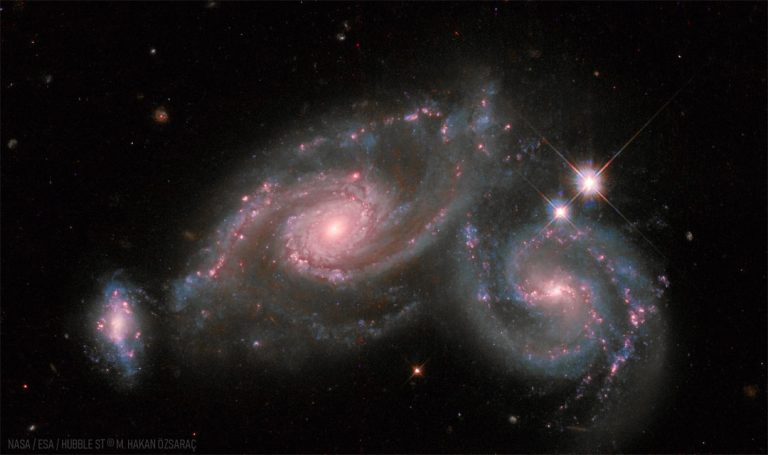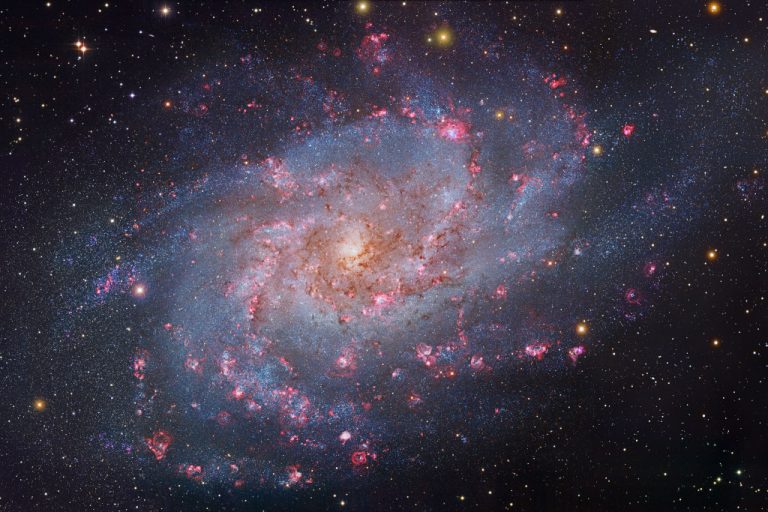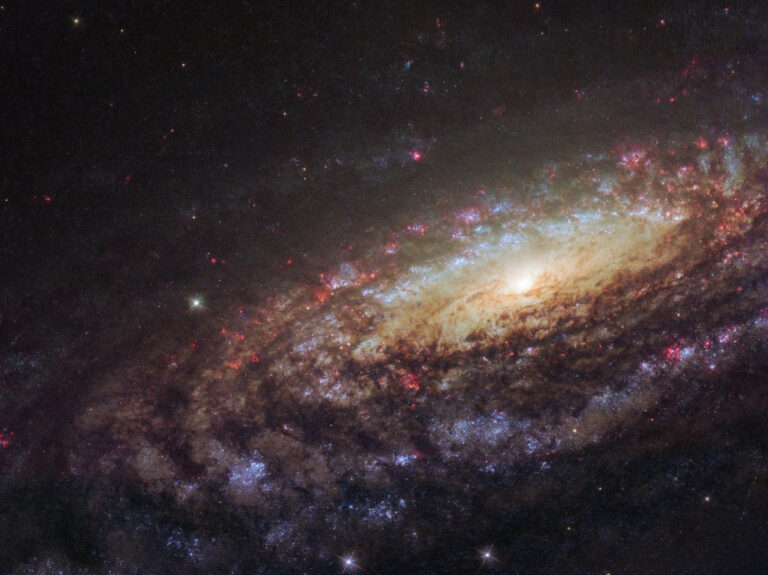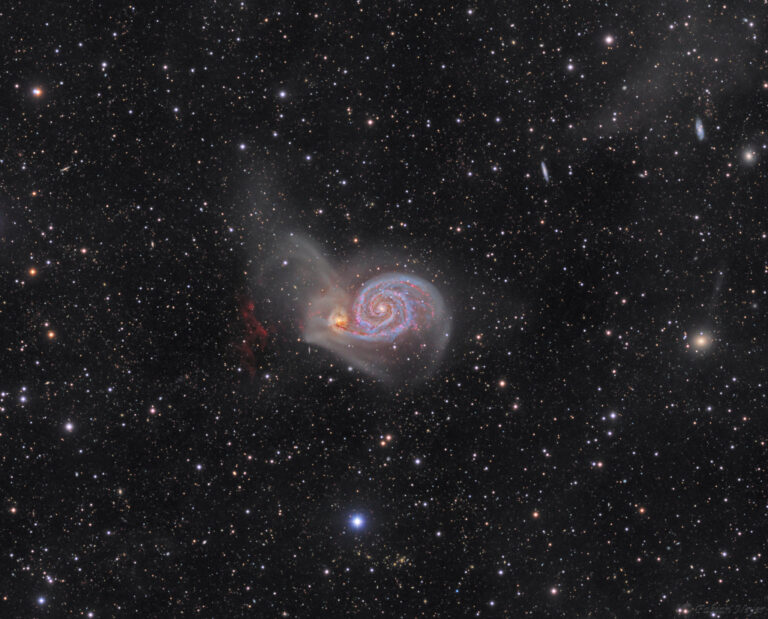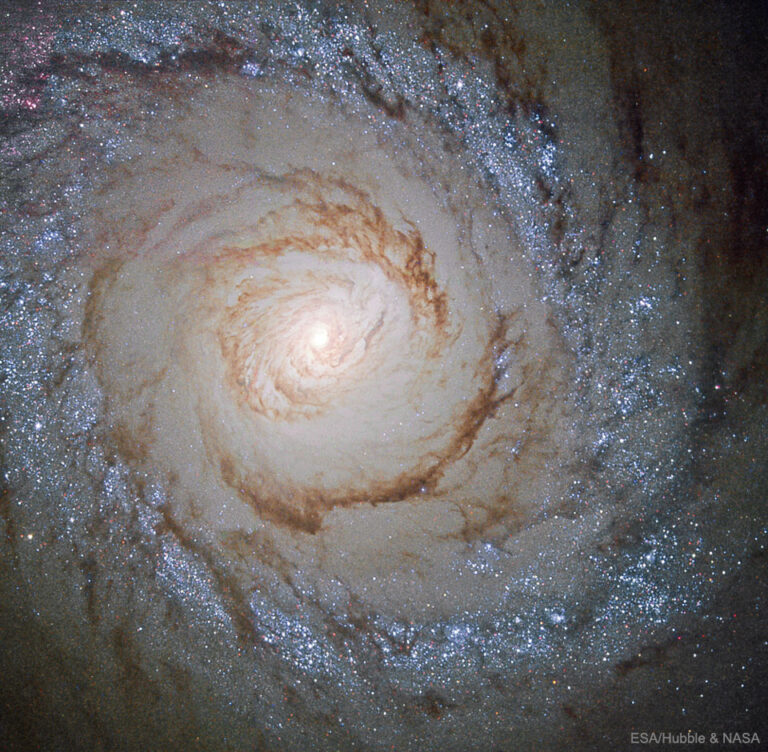碰撞螺旋星系Arp 274
2023年1月23日 The Colliding Spiral Galaxies of Arp 274 Image Credit: NASA, ESA, Hubble; Processing & Copyright: Mehmet Hakan Özsaraç Explanation: Two galaxies are squaring off in Virgo and here are the latest pictures. When two galaxies collide, the stars that compose them usually do not. This is because galaxies are mostly empty space and, however bright, stars only take up only a small fraction of that space. But during the collision, one galaxy can rip the other apart gravitationally, and dust and gas common to both galaxies does collide. If the two galaxies merge, black holes that likely resided in each galaxy center may eventually merge. Because the distances are so large, the whole thing takes place in slow motion — over hundreds of millions…

